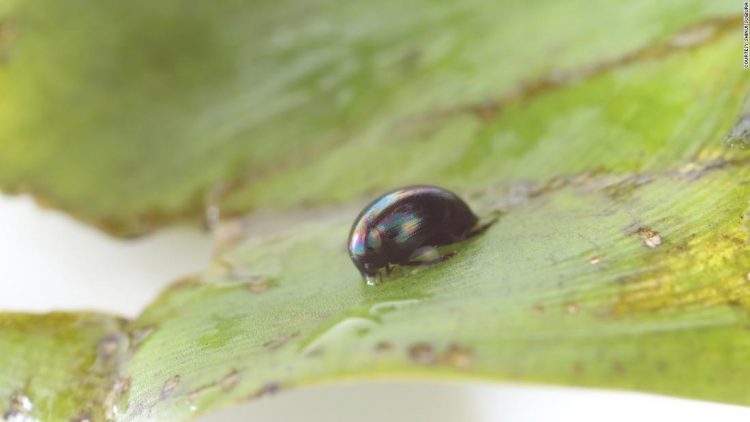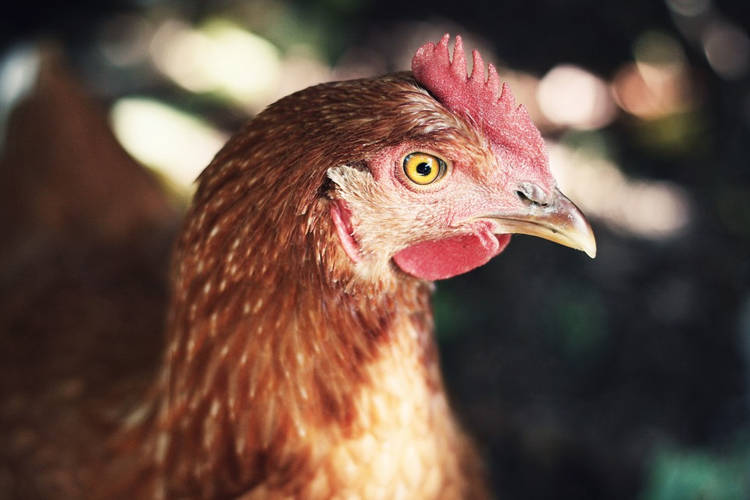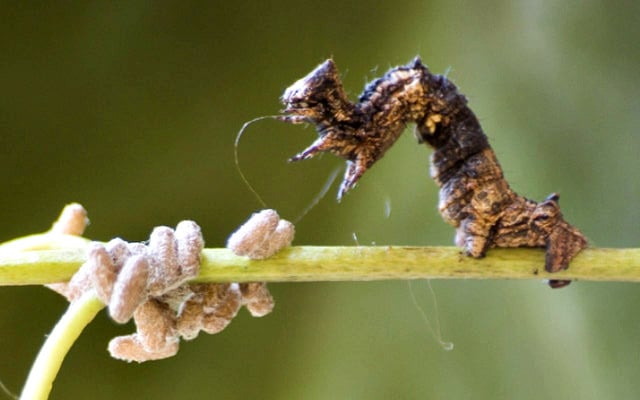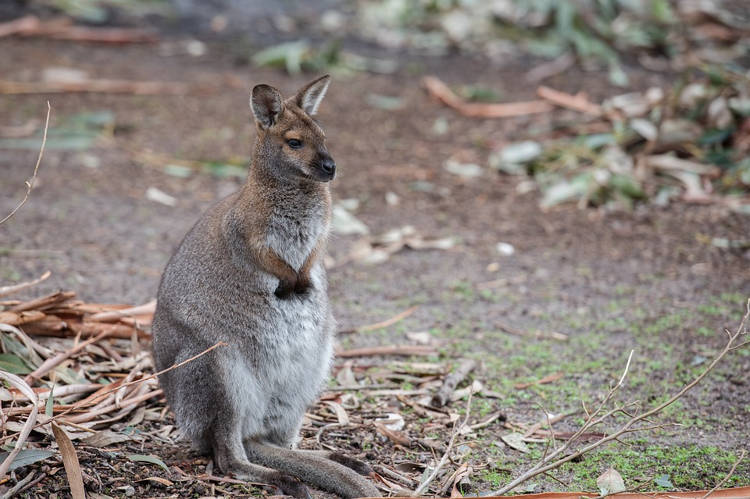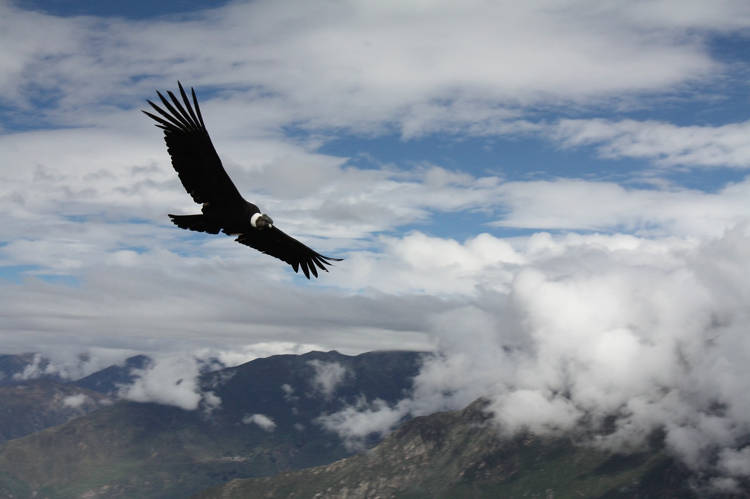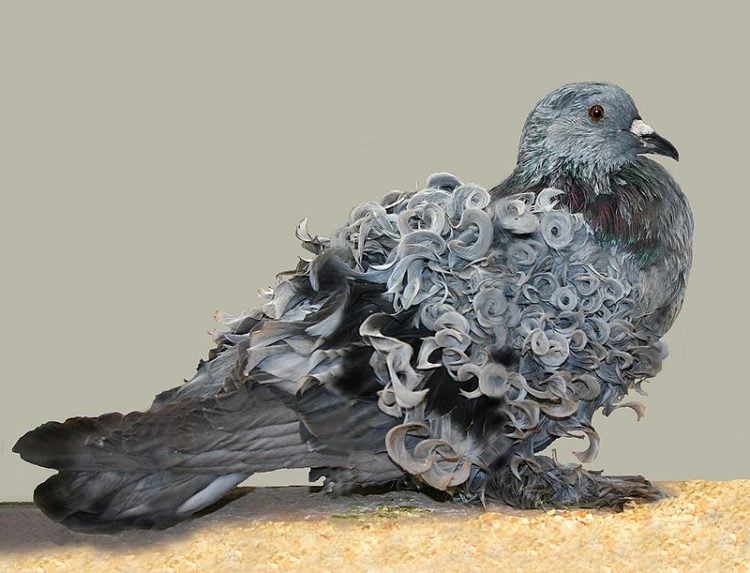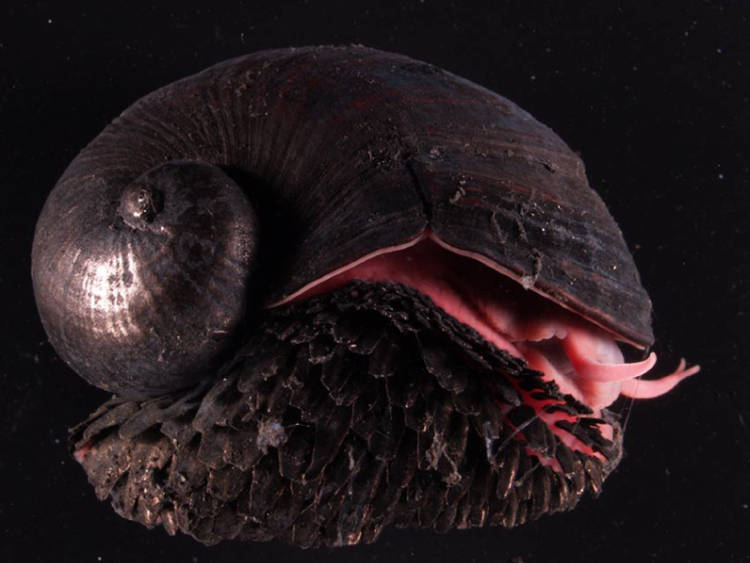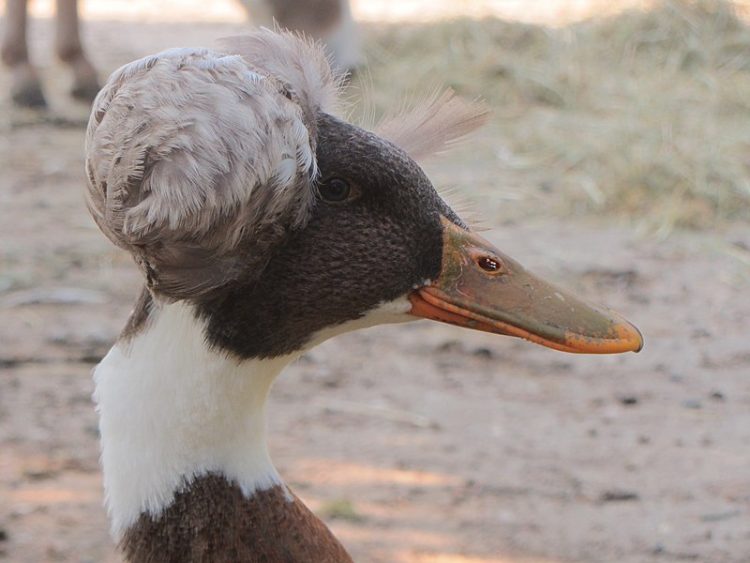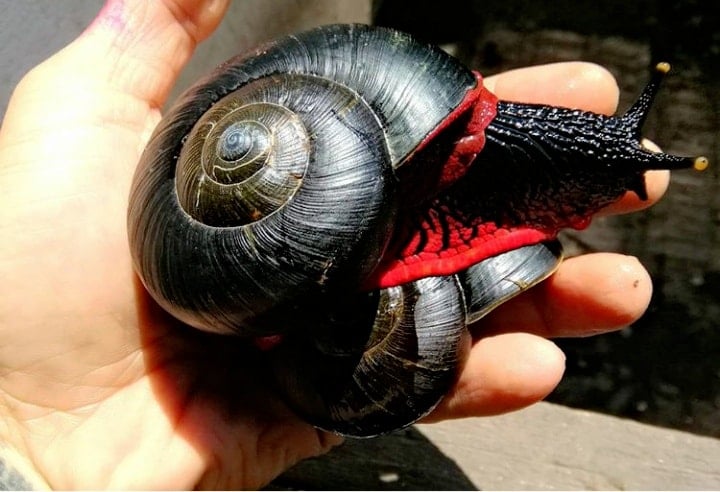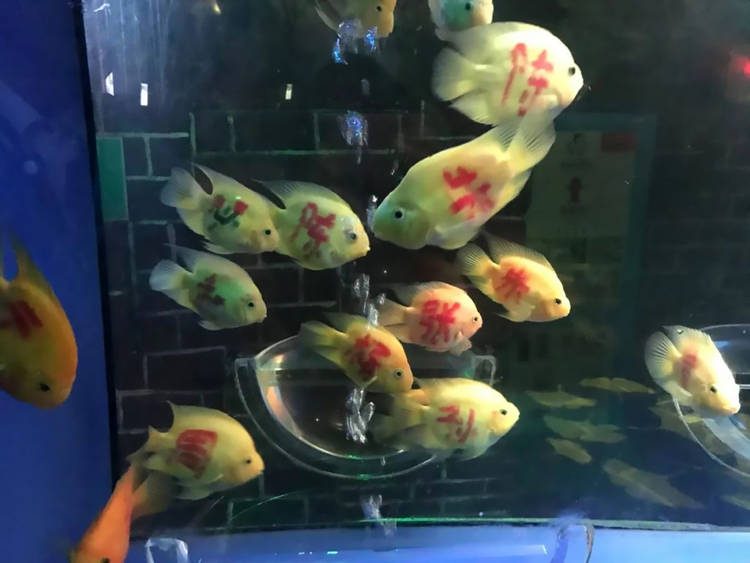Scientists recently discovered that a species of tiny water beetles can live through being eaten by a frog by somehow surviving a journey through its gut and simply exiting through the butt hole.
Until this week, Regimbartia attenuata was just another species of water beetle, but ever since a study on its astonishing survival skills came out on Monday, it’s been making headlines in mainstream media outlets around the world. And for good reason, as there aren’t many creatures on this Earth that can survive being swallowed alive, journey through their predator’s digestive system, simply crawl out the “back door” and go on with their lives as if they didn’t just pull off a Houdini-like magic trick.
Regimbartia attenuata were the subject of an unusual study carried out by Shinji Sugiura, an associate professor in the department of agrobioscience at Kobe University in Japan. He put the tiny beetles in the same laboratory bin with specimens from five different frog species, and the little bugs managed to crawl out the frogs’ “vents” in the vast majority of experiments.

